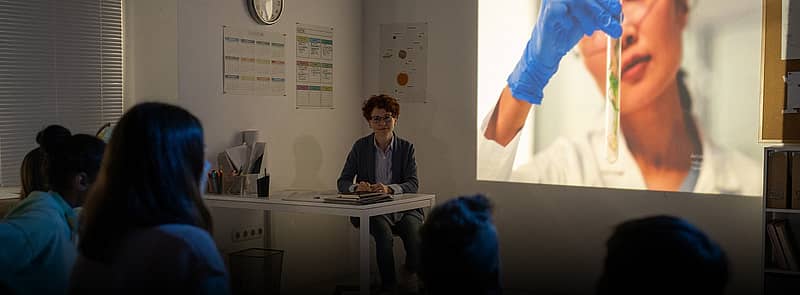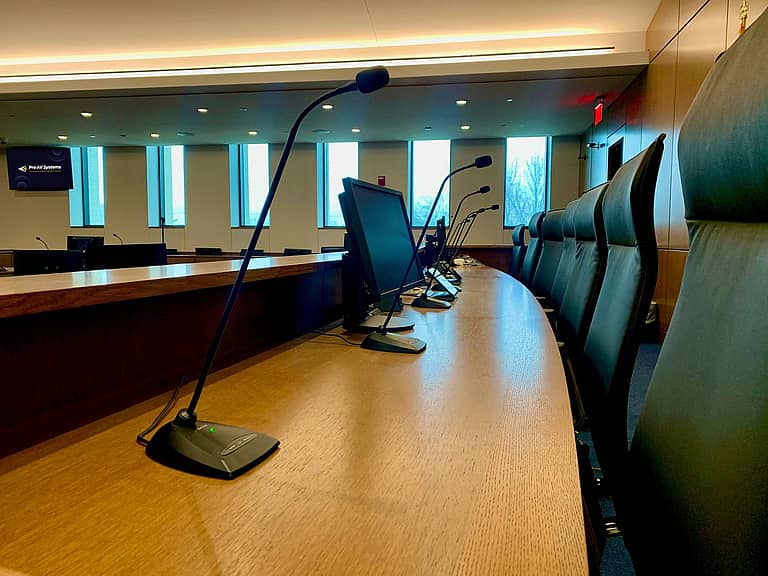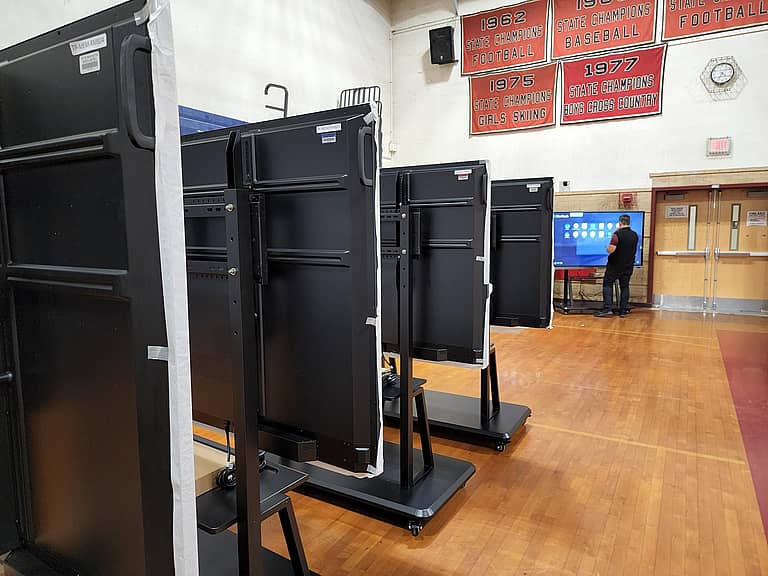The pandemic abruptly ushered significant change in education with hybrid and remote learning quickly becoming adopted, forcing educators at every level to acclimate to this new learning landscape. With this shift came modifications in the methods of teaching as instructors found ways to engage students online and, once children returned to schools, in a hybrid format. Nearly two years later, hybrid learning is still in high rotation as quarantines continue and as schools find new and safer ways to continue to operate. Video has become a prominent tool that educators have utilized to engage students both online and in-person. A report issued by Kaltura, a company that provides cloud-based video experience solutions, details the results of a survey administered to gain a better understanding of the benefits discovered from the change in instructional practices, how long these effects would continue once schools resume full in-person instruction, and how the increased use of video will affect education going forward.
With COVID-19 surges, new variants, and continued quarantines for sick or exposed students as well as educators, both students and educators have been bouncing back and forth between in-person instruction and online. As the pandemic continues and as trends change because of exposures to new teaching and learning methods, the question looms as to whether the hybrid and remote models will continue. The survey indicated that 95-percent of educational institutions will have at least some students attending entirely remotely in the 2021-2022 academic year with 98-percent expecting at least some students will be taking a hybrid course. 27-percent of institutions indicated that over half of their students will be exclusively remote this year, while 58-percent indicated that more than half of students will be taking at least one hybrid class during the year.
The report, derived from the responses of 863 educators across multiple institutions that ranged from K-12 to higher education, also revealed that 97-percent believe video to be essential to students’ academic experiences with nearly 75-percent of respondents indicating that video engages students more than text-based content. These key findings offer insight into the future usage of video in education. In fact, 61-percent of those surveyed report having added an online teaching/learning component to their classes for the first time in the 2020-2021 academic year and 94-percent expect to continue integrating online teaching/learning components into their classes even after they fully resume in-person instruction.
With the demand for video increasing, so is the demand for tools to create and disperse content. The most used tools were video capture, video conferencing for non-class-based meetings and virtual classroom platforms for synchronous instruction. This was a significant increase from the results of a similar report from Kaltura, issued in 2019. Video is also being used at significantly higher levels for non-classroom related activities. Respondents indicated that the top areas are for internal training, recorded campus events and live campus events, which had all also significantly increased since 2019.




